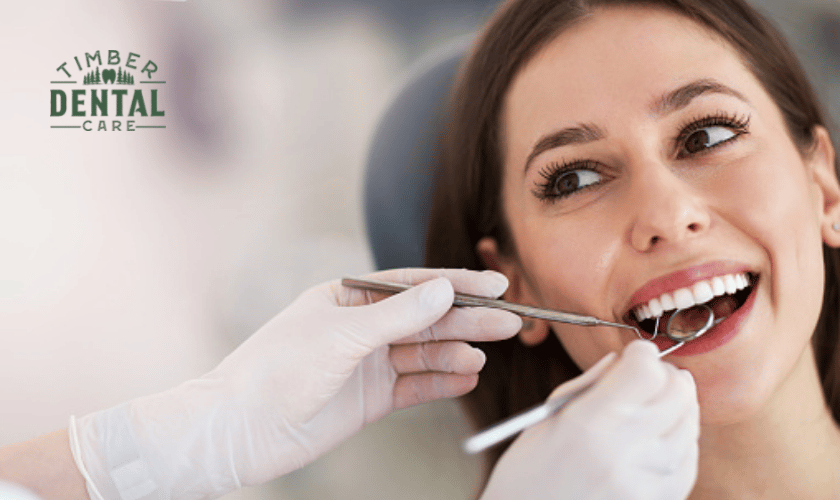
Your smile is one of the first things people notice about you, so it’s important to take care of it. Unfortunately, many individuals suffer from periodontal disease without even realizing it. This silent but serious condition affects the gums and bones that support your teeth, leading to potential tooth loss if left untreated. But fear not! By understanding what causes periodontal disease and identifying risk factors, you can take preventive measures to protect your pearly whites and maintain a healthy smile for years to come.
What Is Periodontal Disease?
Periodontal disease, also known as gum disease, is a serious oral health condition that affects the gums and tissues surrounding the teeth. It is caused by bacteria in plaque and tartar buildup on teeth.
In its early stages, periodontal disease can cause inflammation of the gums, which may lead to bleeding during brushing or flossing. As it progresses, periodontal disease can result in receding gums, loose teeth, bad breath, and even tooth loss.
There are two main types of periodontal disease: gingivitis and periodontitis. Gingivitis is the milder form of gum disease and can often be reversed with proper dental care. However, if left untreated, gingivitis can progress into periodontitis – a more severe form of gum disease that causes irreversible damage to the bones supporting your teeth.
Periodontal diseases have been linked to other health problems such as heart diseases and diabetes; hence everyone needs to take good care of their oral hygiene through daily brushing/flossing routine supplemented with regular dental check-ups to identify symptoms before they escalate.
The Causes Of Periodontal Disease
Periodontal disease, also known as gum disease, is a bacterial infection that affects the gums and structures supporting the teeth. This chronic condition can lead to tooth loss if left untreated. But what causes periodontal disease?
The primary cause of periodontal disease is the buildup of plaque on your teeth. Plaque is a sticky film of bacteria that forms on your teeth every day. When it’s not removed by regular brushing and flossing, it hardens into tartar which cannot be removed by brushing alone.
Tartar buildup at or below the gum line can irritate and inflame the gums leading to gingivitis – an early stage of gum disease characterized by redness, swelling, bleeding during brushing/flossing, and bad breath.
If not treated promptly, gingivitis progresses into periodontitis which occurs when plaque spreads beneath the gum line creating pockets between your teeth & gums. These pockets trap food particles allowing bacteria to thrive causing damage to surrounding tissues.
Periodontal diseases may also stem from various other factors like smoking/tobacco use, hormonal changes in women (pregnancy), genetic predisposition, or certain medications that reduce saliva flow contributing to dry mouth conducive to dental decay & infections.
To prevent this devastating oral health issue from developing in you or someone you know, adopt good oral hygiene practices such as daily flossing/brushing habits along with regular preventive visits and twice-yearly check-ups with dentists/hygienists who will identify potential issues before they become problematic.
How To Recognize Risk Factors For Periodontal Disease
Periodontal disease is a common gum infection that can lead to tooth loss if left untreated. Identifying risk factors for periodontal disease is the first step toward preventing it.
The primary cause of periodontal disease is poor oral hygiene, but there are other factors to consider. Risk factors include smoking, diabetes, genetics, hormonal changes in women, and menopause.
If you have persistent bad breath, swollen or bleeding gums, loose teeth, or receding gums you may be at risk for periodontal disease. If you suspect you have any signs of this type of gum infection it’s important to visit your dentist immediately.
Certain medications such as blood pressure medication and antidepressants can also increase the likelihood of developing periodontal disease. Additionally, high levels of stress weaken the immune system which can make it harder for your body to fight off infections like gingivitis.
Regular dental check-ups are crucial in identifying potential issues before they become problematic. It’s essential to maintain good oral hygiene by brushing twice daily with fluoride toothpaste and flossing daily.
By recognizing these risk factors early on and taking preventative measures through good oral hygiene practices and regular dental visits – we can reduce our chances of developing this painful gum infection.
What To Do If You Suspect You Have Periodontal Disease
If you suspect that you have periodontal disease, the first thing to do is to schedule an appointment with your dentist. Your dentist will perform a thorough examination of your teeth and gums and may take X-rays to determine the extent of any damage.
If periodontal disease is diagnosed early, it can be treated effectively through non-surgical methods such as scaling and root planing. This involves removing plaque and tartar buildup from above and below the gum line, smoothing out rough spots on tooth roots, and applying antibiotics directly to infected areas.
For more advanced cases of periodontal disease, surgery may be required. This could involve procedures like flap surgery or bone grafting to repair damaged tissue or replace lost bone.
In addition to professional treatment, there are also steps you can take at home to help manage periodontal disease. These include brushing twice a day with a soft-bristled brush, flossing daily, using an antiseptic mouthwash regularly, quitting smoking if applicable, and maintaining a healthy diet.
Remember that untreated periodontal disease can lead to serious complications like tooth loss or even systemic health problems. If you suspect that you have this condition or notice any signs of gum inflammation or bleeding while brushing/flossing contact your dental provider as soon as possible.
How To Prevent Periodontal Disease
Preventing periodontal disease is essential for maintaining a healthy smile. One of the most important steps in preventing this disease is practicing good oral hygiene daily. Brushing your teeth twice a day, flossing regularly, and using mouthwash can help remove harmful bacteria that cause gum inflammation.
Another way to prevent periodontal disease is by watching what you eat. Consuming sugary and starchy foods can lead to tooth decay which may eventually contribute to gum infection as well.
It’s also recommended to quit smoking or using other tobacco products as they increase the risk of developing gum diseases. Smoking weakens your immune system, making it harder for your body to fight off infections such as periodontitis.
Regular visits with a dental professional are crucial in preventing periodontal disease too. A dentist or hygienist will be able to identify any warning signs early on and suggest necessary treatments before the problem becomes worse.
By following these simple prevention tips, you can reduce your chances of getting the periodontal disease and keep your smile looking its best.
Bottom Line
Periodontal disease is a serious oral health condition that affects millions of people worldwide. However, the good news is that it is preventable and treatable if caught early on. By understanding the causes and risk factors of periodontal disease, you can take proactive steps to maintain healthy gums and teeth.
Regular dental checkups are essential for preventing and treating periodontal disease. Your dentist can perform professional cleanings to remove plaque buildup and identify any signs of gum inflammation or infection.
In addition, practicing good oral hygiene at home by brushing twice a day with fluoride toothpaste, flossing daily, eating a balanced diet, avoiding tobacco products, and managing stress levels can all help reduce your risk of developing periodontal disease.
Remember that your smile is one of your most valuable assets. By taking care of your gums and teeth through proper oral hygiene habits and regular dental visits, you can protect your smile for years to come.
Treatment of periodontal disease depends on the extent and severity of the condition. The number of appointments necessary to treat the periodontal disease can vary, but it usually requires multiple visits spread out over several months. Your dentist will assess your situation and develop a personalized treatment plan that will outline how many appointments are needed to restore your periodontal health.
While the treatment may not seem pleasant, it is designed to be as painless as possible. With modern techniques and advanced technology, such as lasers and special instruments, our dentists are able to provide a minimally invasive procedure that will have minimal discomfort.




